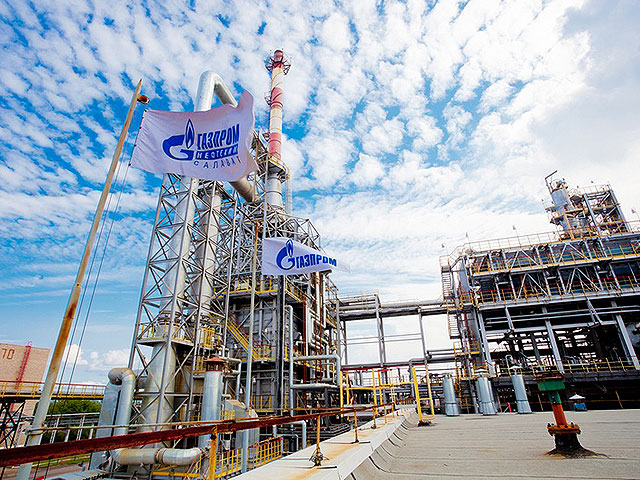
Subcutaneous Injection Chamber Technique: A Lifesaver for Cancer Patients during Chemotherapy
The subcutaneous injection chamber technique is a valuable tool for cancer patients at risk of extravasation during chemotherapy. This method helps to reduce the risk of skin necrosis and limit the side effects of the drugs being used. Chemotherapy drugs are typically administered through external intravenous lines, which can damage peripheral blood vessels and increase the risk of extravasation due to vein deviation. Dr. II Luu Kinh Khuong, Head of the Department of Anesthesiology and Resuscitation at Tam Anh General Hospital in Ho Chi Minh City, explained that this method can also limit the patient’s movement in the limb where the infusion vein is placed.
Extravasation due to chemotherapy is a common complication that can lead to irritation, ulcers, and skin necrosis. This is especially prevalent in elderly patients and those with weak vessel walls, obesity, edema, or skin lesions. To address this issue, the subcutaneous injection chamber is placed under the skin of the chest wall to support intravenous drug and nutrition infusion without the risk of complications associated with peripheral veins.
Patients who have had a subcutaneous injection chamber placed have reported increased convenience in their daily lives. The device allows for direct transmission of chemotherapy drugs to where they are needed without complications arising from peripheral vein administration. Additionally, it can be used for blood testing, fluid administration, and nutrition support for cancer patients who cannot consume orally due to nausea or other side effects.
The procedure for placing the subcutaneous injection chamber involves inserting a catheter into a central vein either through the neck or below the collarbone. The device is then placed under the skin in the chest area and secured for stability with stitches or adhesive strips. Patients may experience mild redness and pain at the incision site but these symptoms usually subside within 24-48 hours after placement. It’s essential that patients follow post-operative instructions such as avoiding heavy lifting and certain activities while recovering from surgery.
Overall, studies have shown that using subcutaneous injection chambers reduces extravasation rates significantly during chemotherapy treatment compared to traditional peripheral vein administration methods.
In conclusion, by utilizing this new technique cancer patients can benefit from reduced risk of extravasation which translates into better quality of life while receiving treatment; ultimately improving their overall outcome during their journey towards recovery.

